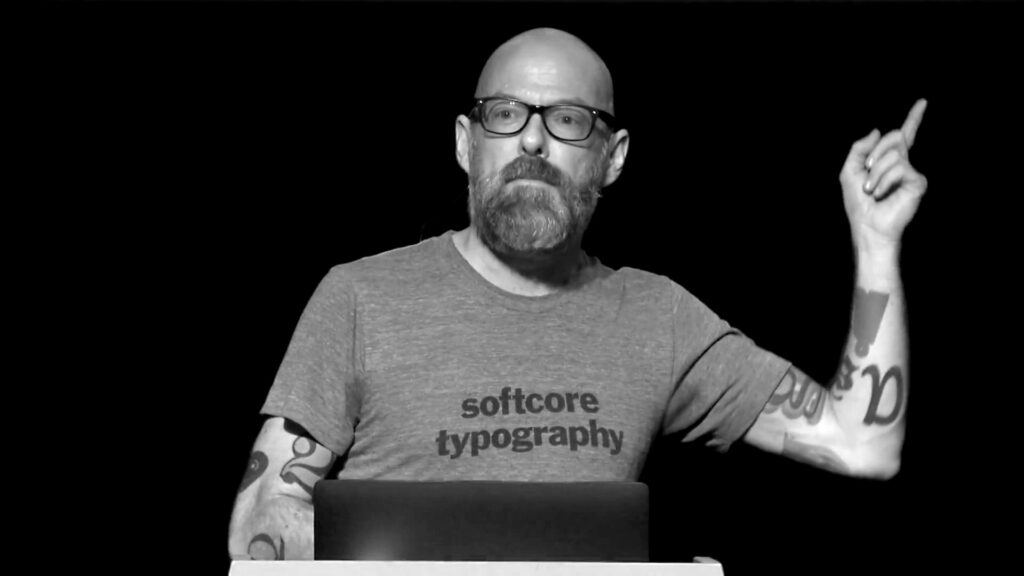 I just realized that “Three typefaces for mathematics”, my MA dissertation from the Typography department at Reading is one of a handful of examples posted at typefacedesign.net (and includes a link to the full document hosted on Issu). For future reference, that may be a more reliable place to find it than on this site, although for now it’s still available here. I lost all the source files (InDesign doc, illustrations, scans) in the Great Hard Drive Crash of Twenty-Twelve, so I’m glad that there are still copies of the PDF in circulation.
I just realized that “Three typefaces for mathematics”, my MA dissertation from the Typography department at Reading is one of a handful of examples posted at typefacedesign.net (and includes a link to the full document hosted on Issu). For future reference, that may be a more reliable place to find it than on this site, although for now it’s still available here. I lost all the source files (InDesign doc, illustrations, scans) in the Great Hard Drive Crash of Twenty-Twelve, so I’m glad that there are still copies of the PDF in circulation.
As I’ve often told people over the years about my experience on the Typeface Design MA, one of the most valuable things I learned there was how to properly research and write about a subject. There is some irony to my saying “valuable” here, in that I have a very good career in typeface design, but I actually think that what I learned about critical thinking, looking for and using primary source material, and shaping and defending an idea have proven to be fundamental to much of the work I’ve done as a designer, curator, and (begrudging) writer over the years since I finished my degree.
I’ve always been flattered that my dissertation has been used in class as an example of solid academic writing, considering what a slow and painful process it was to write it. I’m not a great writer, nor very disciplined at being productive when I need to write, but I discovered that working on something like that is an excellent way to clarify my thinking about something, by forcing me to consider every day. It exposes the gaps in my thinking in a way I can skim over in a talk, a tweet, or conversation.
It’s good to remind myself of the usefulness of the writing process as I consider whether I’m ready to buckle down and return to Reading (the university, not the town) to work (remotely, and part-time) on a PhD. It’s one thing to be interested enough in a subject to go deep, but another to get proper guidance and to be challenged on my assumptions. I often joke that I did a PhD’s worth of work on Monotype history when I worked there, but without ever getting any credentials. The reality is, though, that I did all that work without getting credentials OR doing the research work with any real rigor. Time to get serious, at last.






 I just realized that “
I just realized that “